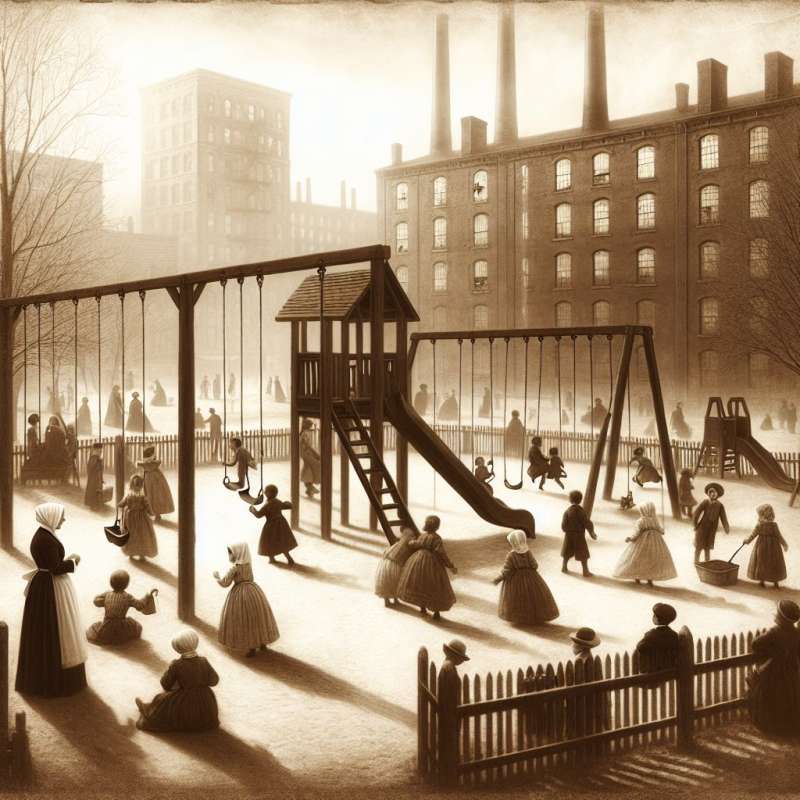
Playground History Overview
The first playgrounds appeared in the 19th century. Designed for controlled play, they aimed to improve children's health and behavior in urban areas, emerging alongside public education reforms.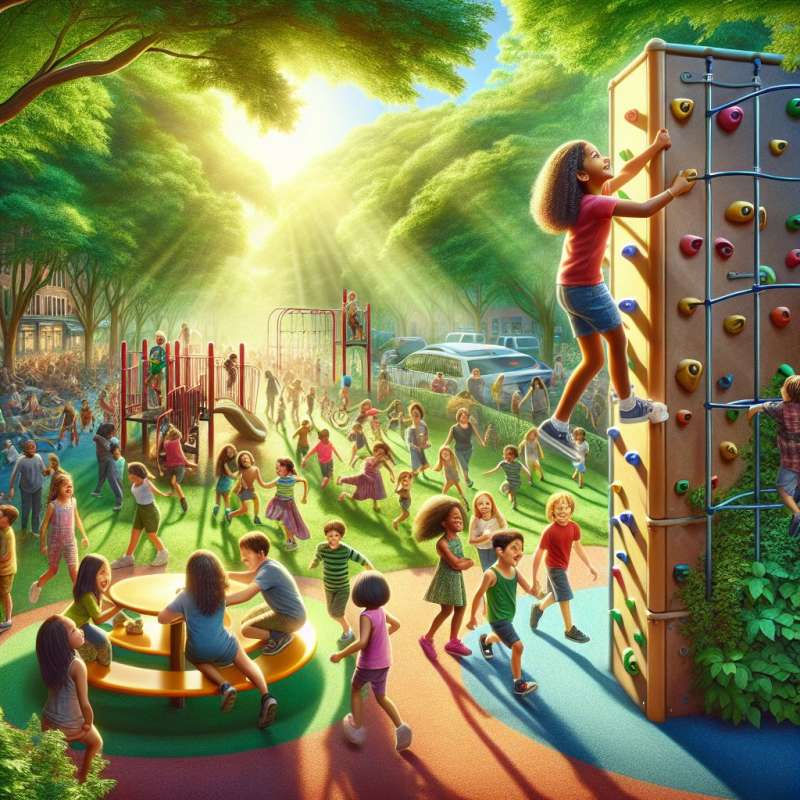
Playgrounds Enhance Development
Modern playgrounds are developmental platforms for children, boosting physical skills, social interaction, and cognitive abilities. They're tailored to challenge and engage various age groups, fostering growth.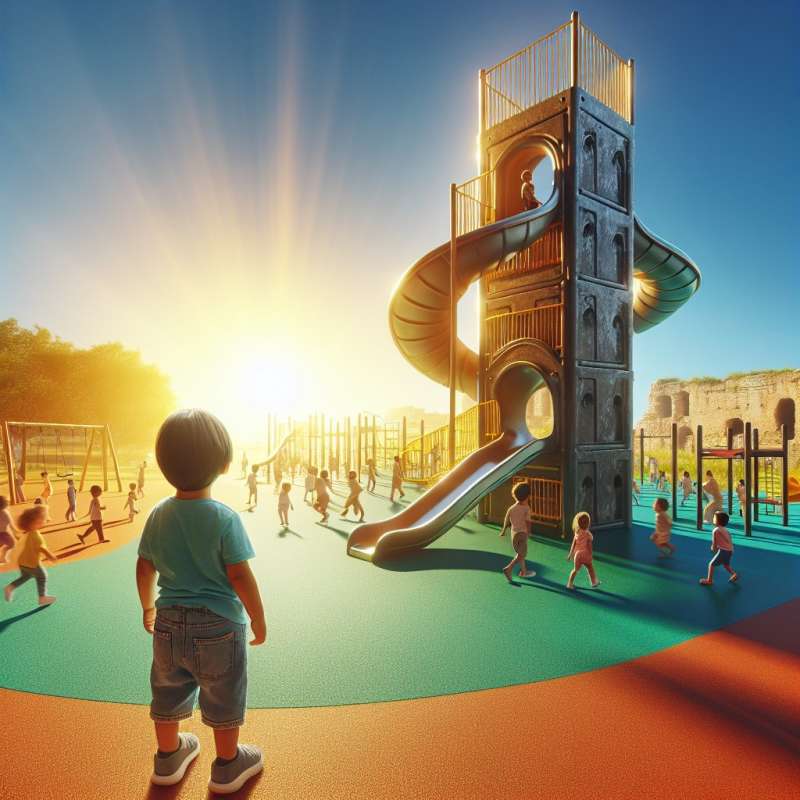
Safety Evolution in Design
Safety standards for playgrounds have drastically improved since their inception. Rubber flooring, rounded corners, and age-appropriate designs minimize injuries, reflecting advancements in child safety research.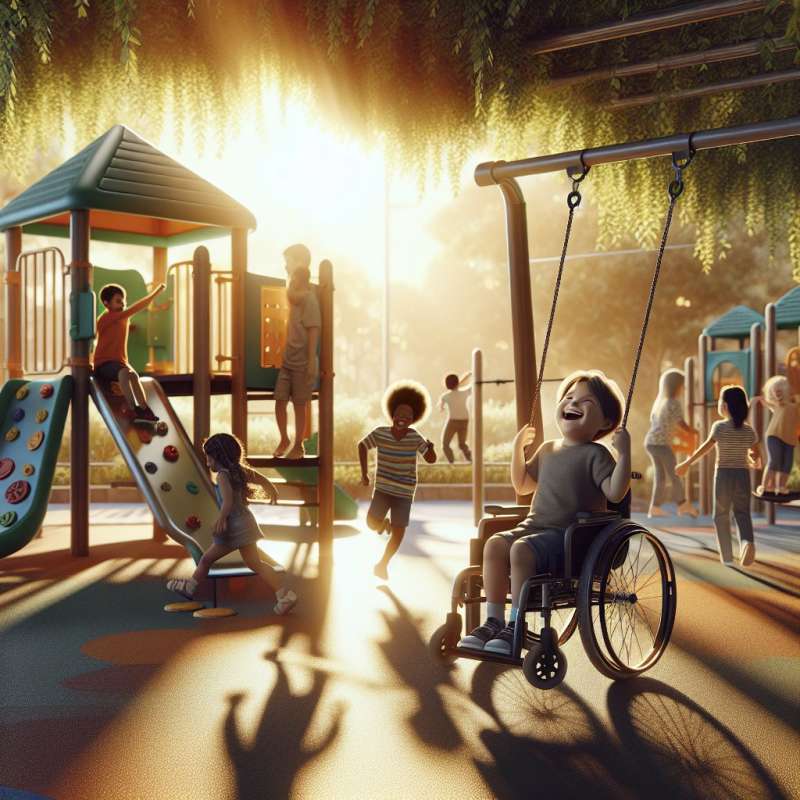
Inclusivity in Playgrounds
Inclusive playgrounds cater to children with disabilities, featuring wheelchair-accessible ramps, sensory-rich environments, and adaptive swings, ensuring play is a right for all kids.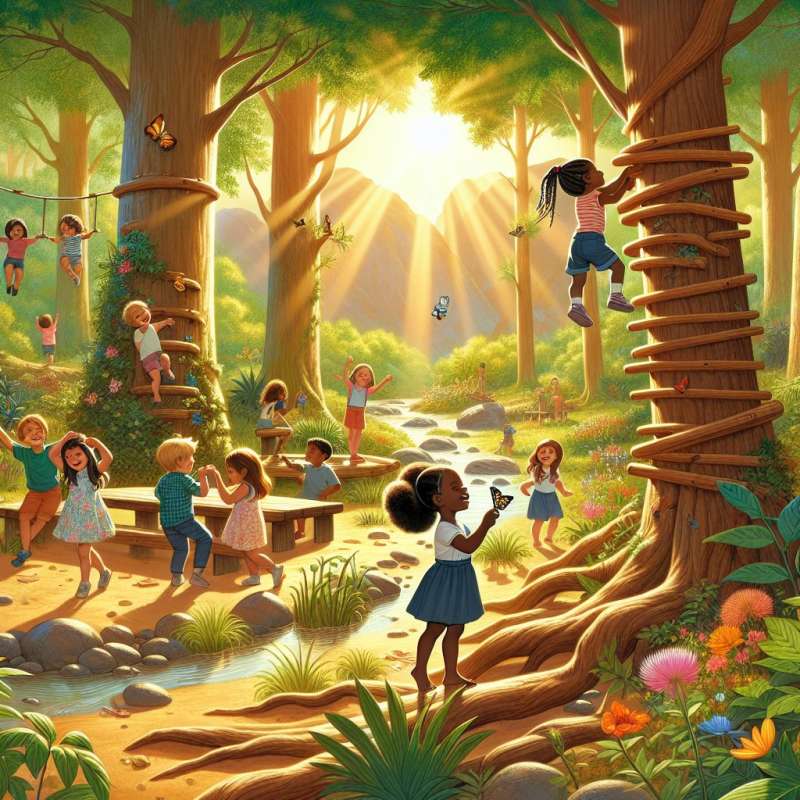
Nature Playgrounds Trend
There's a growing trend for natural playgrounds which use landscaping and natural materials to create spaces that blend play with environmental education and appreciation.
Technology's Role
Interactive technology is being integrated into playgrounds with educational games and augmented reality experiences to enhance learning through play in the digital age.
Playgrounds Around the World
Playgrounds worldwide vary culturally. For instance, in Japan, you might find 'adventure playgrounds' where children play with fire and tools, supervised but not overly controlled.
When did first playgrounds appear?
20th century, for education.
19th century, with education reforms.
18th century, for socializing.
Company